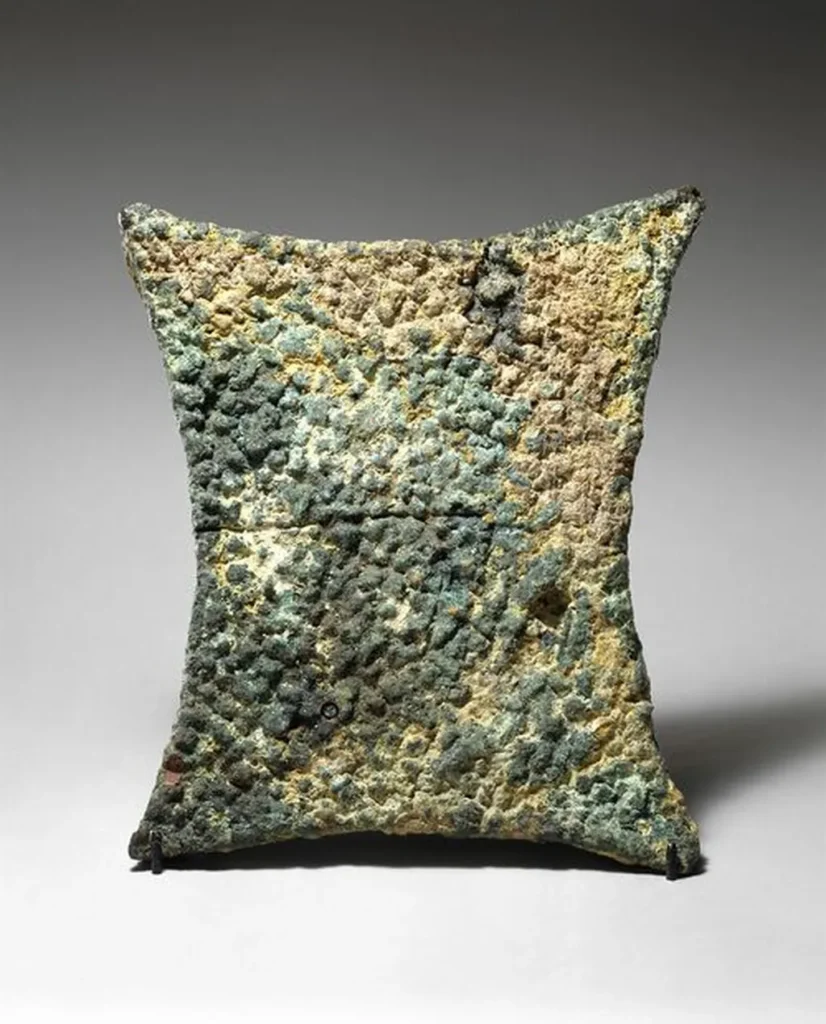In the ever-evolving landscape of sustainable agriculture, a recent study published in the journal Horticulturae (translated to Horticulture) sheds light on the nuanced interplay between organic and conventional fertilization methods and the foliar application of micronutrients on aromatic plants. The research, led by Nikolaos Tzortzakis from the Department of Agricultural Sciences, Biotechnology and Food Science at the Cyprus University of Technology, explores how these practices impact the biomass, leaf photochemistry, and stress-related responses of two medicinal plants: *Sideritis cypria* and *Origanum dubium*.
The study’s findings reveal that organic fertilizers, particularly vinasse-based ones, offer a viable alternative to conventional fertilization for certain species. “Organic fertilization resulted in a similar yield compared to conventional fertilization in *Sideritis cypria*,” Tzortzakis noted. However, the same cannot be said for *Origanum dubium*, which showed a significant decrease in yield when organic fertilizers were used. This discrepancy underscores the importance of tailoring fertilization strategies to specific plant species.
One of the most intriguing aspects of the study is the differential impact of foliar applications of iron (Fe) and zinc (Zn) on the two plants. In *Sideritis cypria*, zinc spraying influenced the dry matter content based on nutrient availability, particularly nitrogen. Conversely, in *Origanum dubium*, zinc spraying led to a decrease in dry matter. “The impact of spraying with Zn on *Sideritis cypria* dry matter content was related to the availability of nutrients, particularly nitrogen,” Tzortzakis explained. This highlights the complex interactions between micronutrients and plant physiology.
The study also delved into the antioxidant properties of the plants. Conventional fertilization and foliar application of iron elevated the total phenols content and antioxidant activity in *Sideritis cypria*. In contrast, the combination of organic fertilization and foliar application of Fe and Zn reduced lipid peroxidation. For *Origanum dubium*, foliar application of Fe and Zn led to a reduction in total phenols content, antioxidant capacity, and hydrogen peroxide content under adequate nutrition.
The implications of these findings for the agricultural and medicinal plant industries are profound. As the demand for organic and sustainably produced crops continues to grow, understanding the specific needs of different plant species becomes crucial. The study suggests that while organic fertilizers can be beneficial, their effectiveness varies depending on the plant and the micronutrients applied.
Moreover, the research opens avenues for further exploration into the mechanisms underlying these interactions. “The positive effect of conventional fertilization on nutrient use efficiency still requires further validation,” Tzortzakis remarked, indicating that there is still much to learn about optimizing fertilization practices.
In conclusion, this study underscores the importance of targeted fertilization strategies in sustainable agriculture. As the agricultural sector continues to evolve, such research will be instrumental in shaping practices that are both ecologically sound and economically viable. The findings published in Horticulturae provide a valuable contribution to this ongoing dialogue, offering insights that could help farmers and researchers alike navigate the complexities of modern agriculture.

